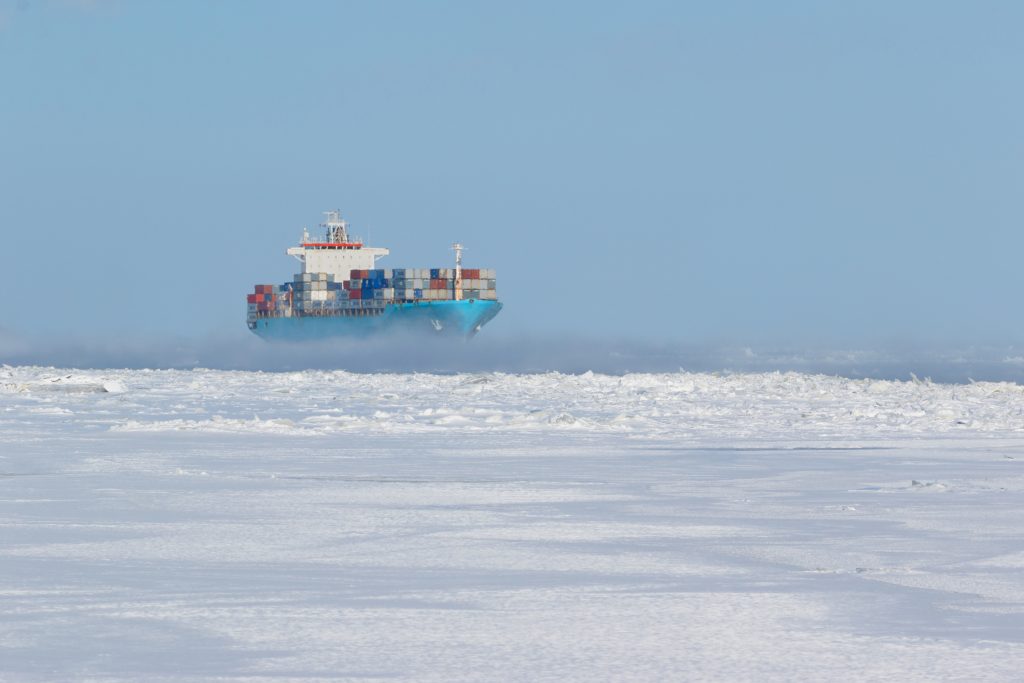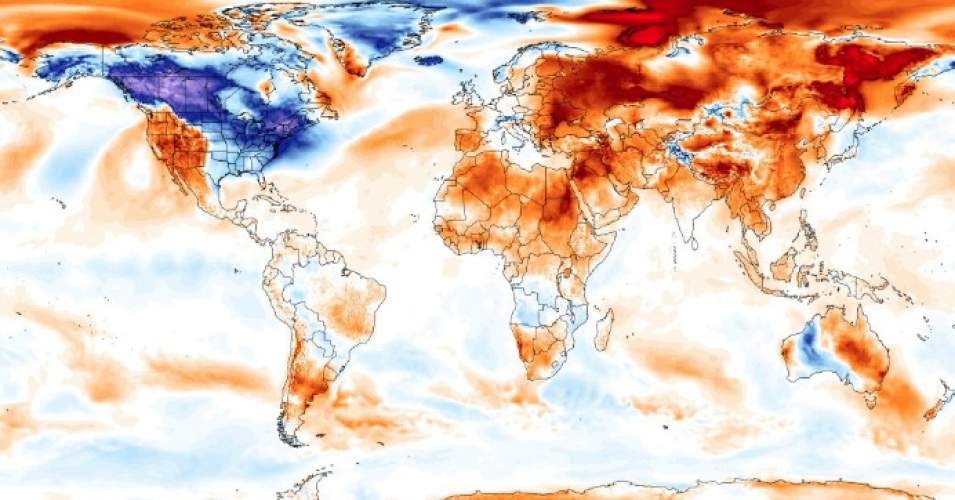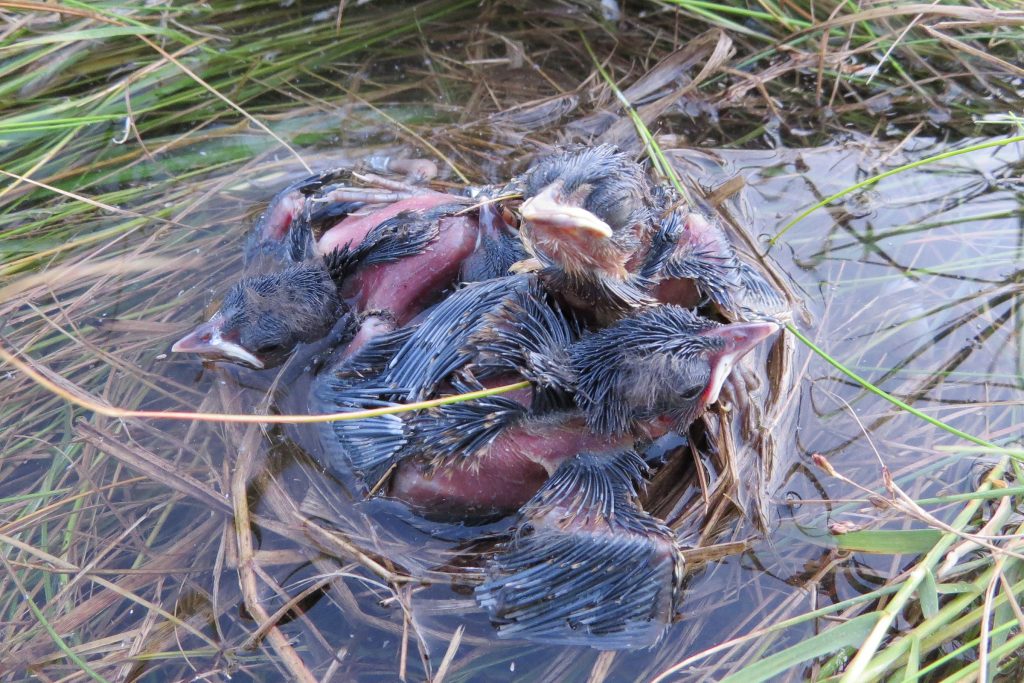Sustainability
More Ships and More Clouds Mean Cooling in the Arctic
A new study suggests that growth of trans-Arctic shipping and the accompanying increase in emissions may offset some of the overall warming trend in that region.
September 17, 2018 | Elaina Hancock
Catching Recyclables Before the Football Game
Students took to the tailgating area outside of Pratt & Whitney Stadium Saturday to collect recyclables.
September 17, 2018 | Lucas Voghell '20
Insects Coping with Climate Change
Entomologist David Wagner says the number of insect species in Connecticut is increasing due to climate change. That's good news and bad.
September 13, 2018 | Elaina Hancock
UConn Joins Coalition of Universities Working Against Climate Change
UC3 aims to promote climate action and resilience by leveraging the strengths and skill sets of its member schools.
September 12, 2018 | Elaina Hancock
Class: Human Rights and the Supply Chain
A human rights class for engineering and social sciences students encourages complementary approaches to social and environmental sustainability.
September 5, 2018 | Kenneth Best
Rapid Change – A Tale of Two Species
Climate change is creating winners and losers. UConn researchers are studying two Connecticut examples.
August 29, 2018 | Elaina Hancock, videos by Samantha Apgar
Climate Change in Our Backyard
Climate change is not just happening elsewhere. This series draws attention to local environmental transitions and the many ways UConn students and researchers are investigating and responding to them.
August 28, 2018 | Elaina Hancock
Sierra Club Ranks UConn a Green Campus Leader Again
One area where UConn consistently excels is dining services. Sustainability efforts include sourcing food from small, community-based and locally owned farms.
August 27, 2018 | Elaina Hancock
Changing the Landscape – Invasive Plants
Plant science professor Jessica Lubell on invasive plant species and her work to identify native species as alternatives for landscaping purposes.
August 23, 2018 | Elaina Hancock
New Findings May Lead to Sea Change in Desalination Technology
University of Connecticut scientists use electrospray to produce smooth reverse osmosis membranes with tunable thickness.
August 16, 2018 | Colin Poitras









